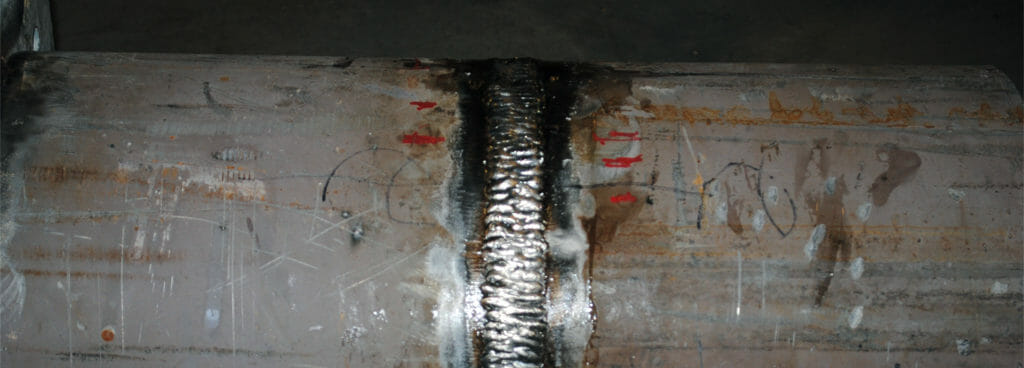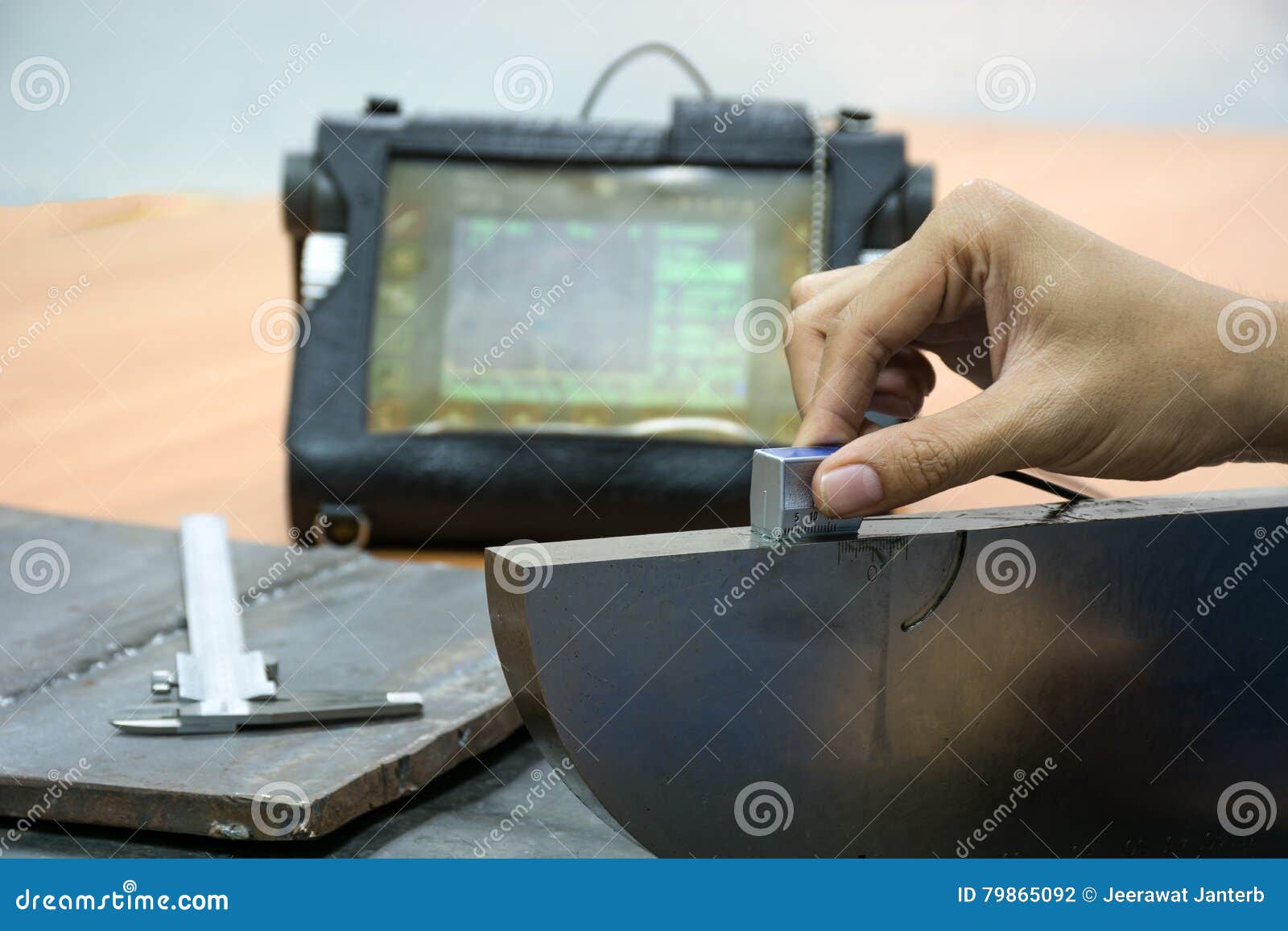Common Difficulties in Welding Inspection Madison and How to Overcome Them
Common Difficulties in Welding Inspection Madison and How to Overcome Them
Blog Article
Recognizing the Fundamentals of Welding Inspection to Guarantee Top Quality and Safety And Security
In the realm of modern-day design, welding examination stands as a cornerstone for guaranteeing both the high quality and safety of structural developments. The procedure entails a meticulous analysis of welded joints, utilizing innovative techniques such as ultrasonic and radiographic screening to identify hidden blemishes. The know-how of certified inspectors is vital, as they link the void between theoretical standards and functional application. Their duty extends beyond plain discovery, incorporating the paperwork and communication of findings to pertinent stakeholders. Yet, what are the subtleties of these assessment techniques that make them essential for keeping architectural honesty?

Relevance of Welding Examination
In the world of commercial construction, the relevance of welding evaluation can not be overemphasized. Welding evaluation plays a crucial duty in ensuring the honesty, safety and security, and durability of welded structures. Given the diverse applications of welding in sectors such as building and construction, vehicle, aerospace, and shipbuilding, the requirement for strict quality assurance steps is paramount. Proper examination makes sure that welds fulfill specified requirements and codes, which is crucial for protecting against structural failings that could bring about tragic repercussions.
The process of welding inherently entails complex variables, consisting of temperature, product properties, and environmental problems, every one of which can influence the top quality of the weld. A detailed assessment recognizes defects such as splits, porosity, and insufficient fusion, which can endanger the strength and integrity of the weld. By spotting these concerns early, corrective activities can be taken, thereby lowering the threat of failing and linked expenses.
In addition, welding inspection adds to regulative compliance, as many industries are regulated by strict safety criteria and guidelines. Failing to adhere to these regulations can cause legal obligations and monetary penalties. Eventually, welding evaluation not only safeguards physical frameworks however also shields human lives and upholds industry online reputations.

Trick Welding Inspection Approaches
Although welding assessment is vital to ensuring the top quality and safety and security of welded structures, it is the details techniques used that establish the efficiency of the inspection procedure. Key welding assessment techniques can be broadly classified right into non-destructive testing (NDT) and damaging testing. Non-destructive screening methods such as aesthetic inspection, ultrasonic testing, radiographic screening, magnetic particle screening, and fluid penetrant screening are primarily made use of to evaluate the buildings of a weld without causing damages. Aesthetic examination is typically the initial step, entailing a thorough assessment of the weld's surface area for problems like cracks or porosity.
Ultrasonic and radiographic screening are much more sophisticated techniques that allow inspectors to assess the interior honesty of the weld. Ultrasonic screening uses high-frequency audio waves to detect suspensions, while radiographic screening utilizes X-rays or gamma rays to produce a picture of the weld's inside. Magnetic bit screening and fluid penetrant testing are surface inspection approaches utilized to find surface and near-surface imperfections. On the other hand, harmful testing approaches include physically damaging or reducing the weld to analyze its mechanical properties. These comprehensive evaluation approaches make certain that welds meet sector criteria and security requirements, therefore ensuring architectural integrity and performance.
Duty of Qualified Inspectors
Licensed assessors play a critical duty in the welding evaluation process, ensuring that all welds abide by stringent market criteria and safety and security guidelines. Their competence is essential in identifying defects or irregularities that might compromise the architectural honesty of a weld. By carefully checking out each weld, certified inspectors aid stop potential failures that might lead to expensive repairs or dangerous crashes.
To end up being licensed, inspectors need to undertake extensive training and testing, which familiarizes them with numerous welding techniques, products, and screening techniques. This detailed knowledge allows them to evaluate weld top quality efficiently and make informed judgments regarding their safety and security and dependability. Certified inspectors are competent in interpreting specs and blueprints, guaranteeing that the welding job lines up with the job's style demands.
An integral component of their duty is to record their findings extensively, supplying a thorough document of the assessment procedure. Their contribution is essential in preserving high degrees of quality and safety and security in welding operations.

Tools Utilized in Welding Evaluation
Welding examiners rely upon a selection of specialized devices to do their obligations successfully, ensuring each weld meets the necessary requirements. Amongst these tools, aesthetic assessment aids like magnifying glasses and mirrors are basic, allowing examiners to closely examine welds for surface problems such as fractures, porosity, and undercut. Calipers and fillet weld gauges are essential for measuring weld dimensions to validate compliance with layout requirements.
Advanced devices extend past visual help, consisting of non-destructive screening (NDT) tools. Ultrasonic screening gadgets are pivotal in finding subsurface imperfections, making use of sound waves to disclose inner interruptions without compromising the weld's stability. In a similar way, radiographic testing utilizes X-rays or gamma rays to capture photos of a weld's inside, highlighting prospective defects.
Magnetic fragment testing is an additional crucial tool, especially for spotting surface go to these guys area and near-surface discontinuities in ferromagnetic materials. By applying electromagnetic fields and ferrous bits, inspectors can identify problems that may otherwise be unnoticeable.
Dye penetrant inspection is usually made use of Visit Your URL for non-ferrous products, giving a contrast-enhanced aesthetic check for surface-breaking flaws. Welding Inspection Madison. Together, these tools allow welding inspectors to comprehensively assess weld quality, making certain safety and dependability in numerous applications across markets
Making Certain Architectural Integrity
Welding procedures need to follow well-known standards and codes, such as those defined by the American Welding Culture (AWS) or the International Organization for Standardization (ISO) These standards ensure that the welds can withstand ecological factors and functional stress and anxieties. Certified and certified welders play an important function in this procedure, as their experience makes sure that techniques are applied correctly, decreasing defects such as splits, porosity, and incomplete combination.
Post-weld examination is one more essential component of confirming architectural stability. Non-destructive testing (NDT) techniques, consisting of ultrasonic testing and radiographic screening, are employed to detect subsurface flaws without compromising the welded structure. These evaluations confirm that the welds satisfy the needed quality requirements, providing assurance of their toughness and reliability. Ultimately, ensuring structural stability in welding not only safeguards human lives yet additionally safeguards financial investments and enhances the longevity of engineered frameworks.
Final Thought
The principles of welding inspection are important for preserving the quality and safety of welded frameworks. By executing essential evaluation approaches, such as aesthetic evaluations and non-destructive screening, prospective flaws that could compromise architectural honesty are identified. Qualified examiners are crucial in guaranteeing conformity with industry standards and reliable interaction among stakeholders. Using specialized devices even more enhances the evaluation process, ultimately Visit Website safeguarding human lives and lengthening the life expectancy of welded buildings.
Welding examination plays a vital role in making certain the honesty, security, and long life of bonded frameworks.Although welding examination is essential to making certain the quality and safety of bonded frameworks, it is the specific methods employed that identify the performance of the assessment process. Key welding inspection techniques can be extensively categorized into non-destructive testing (NDT) and damaging screening.Qualified assessors play an essential duty in the welding inspection process, making certain that all welds comply with rigid sector standards and safety policies.The principles of welding assessment are crucial for keeping the top quality and safety and security of bonded frameworks.
Report this page